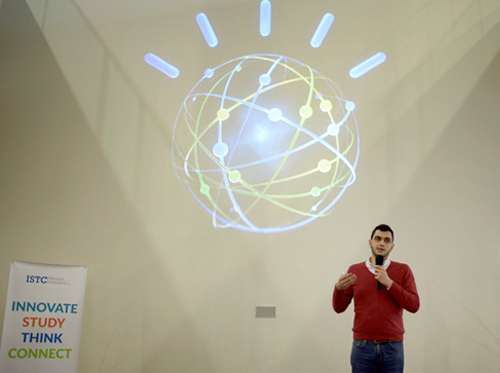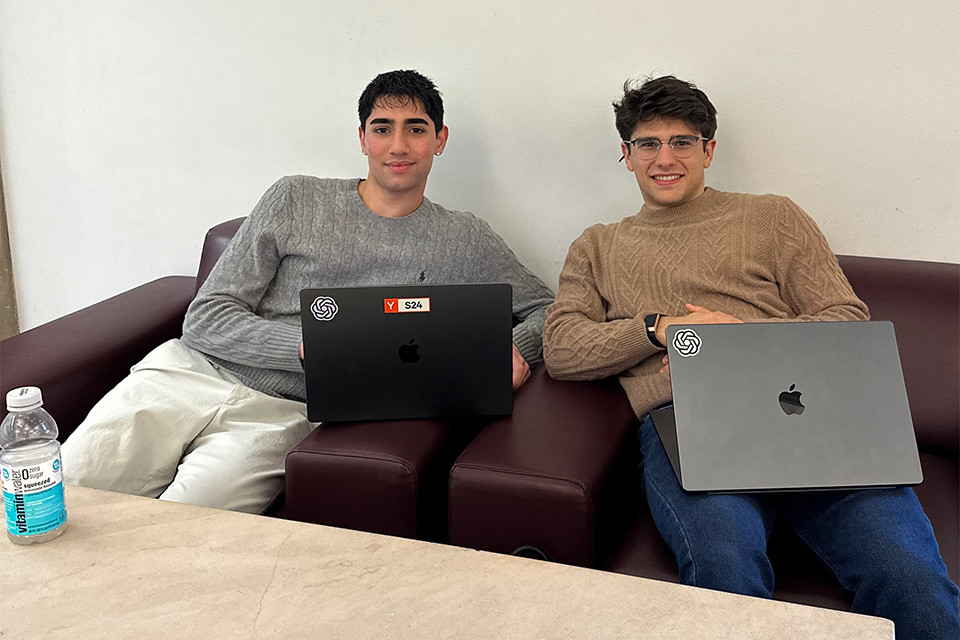-
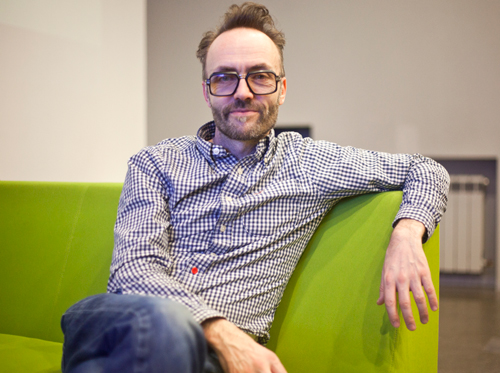
Simon Wilkinson
14:23 | 25.02.16 | Interviews | exclusive 19359
Simon Wilkinson: Virtual reality is more than a game or a film
Within the 14th British Film Festival, Yerevan hosted Simon Wilkinson, known as circa69, who identifies as a transmedia artist.
Simon Wilkinson’s work includes audiovisual, installation, virtual reality, electronic music and more.
All persons interested received an opportunity to watch Simon Wilkinson’s “The Cube” film in Oculus Rift headset, finding themselves in 360° virtual reality on February 23-24 in Tumo Center for Creative Technologies.
Itel.am talked to Simon Wilkinson about virtual reality trends.
- What is the story behind the script of ‘The Cube”?
- When I was 13 years old, my grandfather came to our house once a week and often brought me gifts. One time he gifted me a magazine filled with American mystic stories. It had a strange story that left a great impression on me.
It was about unsolved missing cases in 1950s in Idaho state, USA. Years passed.
The launch of Oculus Rift technology allowed to think that it would be better to tell that story in the way that’ll make viewers and listeners a part of the story, so they not just watch what is happening on the stage but participate in the performance. You put on the headset and become one of the missing characters.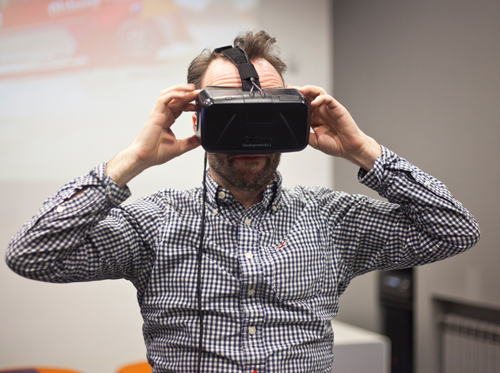
- What are modern trends of virtual reality?
- Virtual reality is a new medium, and any new medium isn’t perceived as such in the beginning. The reason is that people are afraid of new mediums. People now view it as a game or a film in real time.
What will happen when people realize that virtual reality is neither a game nor a real time film, but virtual reality exactly? It means living in different world platforms at the same time. You live in a world where your brain contains emails, social networks and more various platforms at the same time.
Today we have a question: shall we use the Oculus Rift headset or the HTC Vive one that’s coming out in April? The latter is just amazing, and of course you’ll need a very good computer to use it. That is a problem as there are only 10 million computers in the world that can work with those platforms.
In the next few years technology will become more advanced, and quality virtual reality will be available for everyone. I have no notion what will happen then, but the idea itself is so exciting.
- Do you think virtual reality is an exclusively good thing?
- Yes, I think it is a very good thing. I am 46 years old and I remember world before the Internet. The way people communicate has changed. Since people have that opportunity, the role of governments is losing its importance, as we can talk to one another and create parallel platforms. It’s wonderful how much people know about the world today, e.g. thanks to Facebook and Twitter.
Virtual reality and social networks are connected, remember how Facebook bought Oculus VR and how that developed.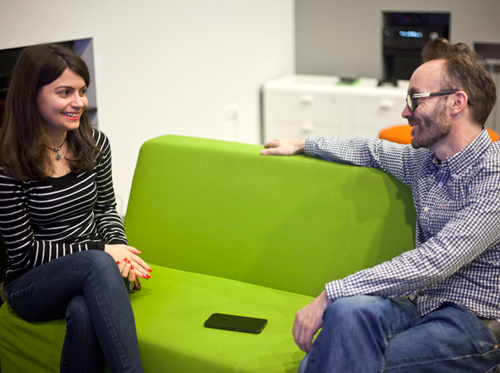
I want to share something from my own experience. I tried 360° virtual reality to get into the camp of Syrian refugees. It changed everything, changed my perception. There was a child, and I have children too. Suddenly I thought that my child could have been there.
When you’re presented news now, the camera shows what’s in front of your eyes but never sees what is behind.
360° videos show the whole picture. I also watched Hong Kong demonstrations in this format, I was between demonstrators and policemen and could see both sides. I felt that police were scared too, maybe even more that those people. I wanted to say that virtual reality changes our view on the world, which is good in my opinion.
- Did you know there are Armenian companies that develop virtual reality products?
- I was told there were such startups here. I assumed there would be. I’ve been to Australia, Canada, Netherlands and other places in the past 12 months, and each of those countries has clever people who strive to come up with new ideas for virtual reality.
- Would you like to work with Armenian youth, teach them secrets of creating virtual reality?
- It’s one of the things I’d like to do. I am amazed by Tumo, it’s a wonderful place. 6,000 students study there, and it will be great if 10 percent of them go into creating virtual reality in future.
There’s a great opportunity today as Unity 3D game engine became free last year.
When I was 16-17 years old, it became possible for the first time to create music at home. You could just get a recorder and make records at home. It was a revolution at the time. I didn’t sleep at night for around 6 months in 1993, recording music, and that’s how I released 3 albums by myself. It didn’t bring profit, but my excitement was great. It became a career as I realized that I could do it myself.
As Unity 3D is free now, conditions are much better. If the first recorder I bought cost 150 pounds that my friend and I collected by saving money, today you only need a computer to be creative.
It’s important to provide tools to children who want to do something on their own.
The final goal of my shows is to make people broaden their minds about virtual reality. To make them understand that it’s not just a game or a film. You have to think about all those other things that can be done with it.
Virtual reality is a great tool to tell a story.
Narine Daneghyan talked to Simon Wilkinson
Photos by Emin Aristakesyan

17:29 | 24.09.25 | Articles
Jacopo Losso on Cross-Border Investments and Why Armenia Attracts Angels


